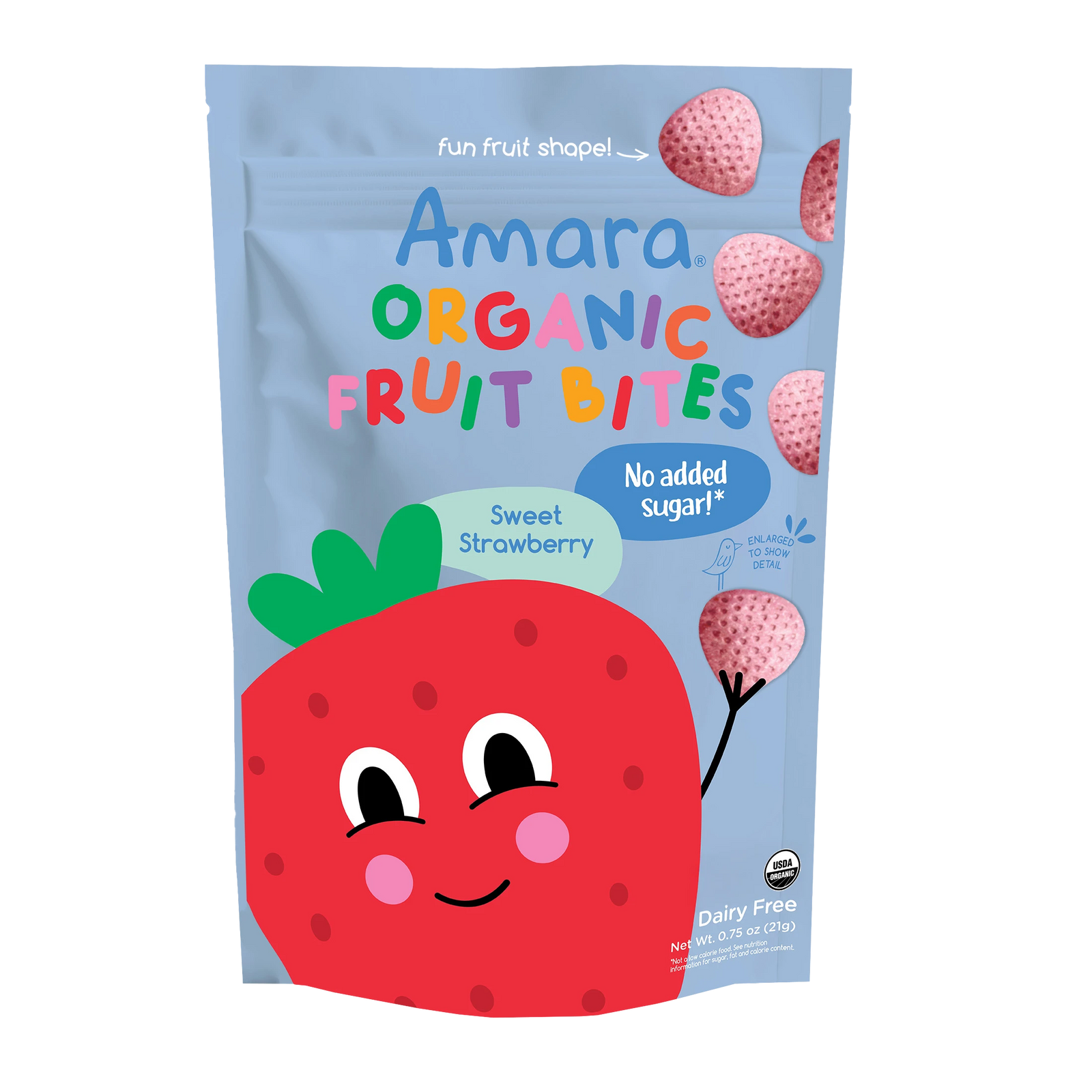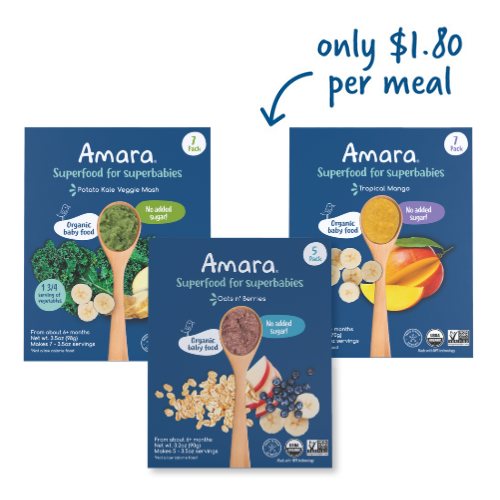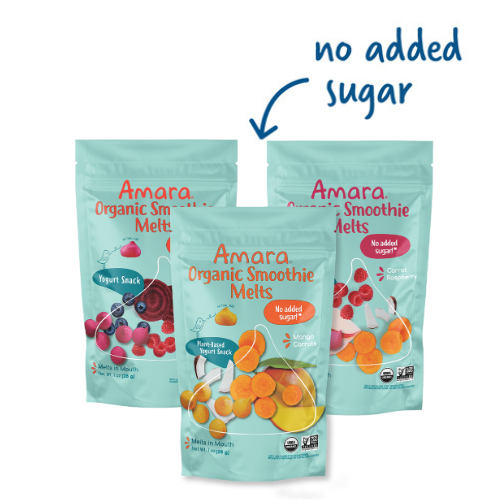Ingredient Spotlight: The Phenomenal Pumpkin

It’s that time of year again, folks — you know it’s *officially fall when everything on the shelf at the grocery store is preceded by the word “pumpkin,” LOL. Time to break out the sweatshirts and heavy socks!
Although pumpkin-flavored junk foods abound (sadly), real pumpkin is actually unbelievably healthy — and it’s a fantastic seasonal staple to incorporate into your family’s diet. Here’s the low-down on all of pumpkin’s many health benefits plus some kid-friendly pumpkin recipes to try at home this fall:
The Big Benefits of Pumpkin
Pumpkin is a kind of winter squash that’s technically categorized as a fruit (because it has seeds) but is much more similar to a vegetable in terms of its nutritional profile. Actual pumpkin — as in, unadulterated pumpkin that hasn’t had too much done to it or added to it — is a great source of nutrition. (Watch out for pumpkin-flavored processed foods with added ingredients and artificial flavorings — it’s “pumpkin” itself you want, not products that are “pumpkin-flavored.”)
There are so many great reasons to jump on the (real!) pumpkin bandwagon:
- Pumpkin is incredibly HYDRATING — It has a high water content and is a top food for hydration.
- Pumpkin is loaded with VITAMINS AND MINERALS — It’s especially rich in beta carotene, a carotenoid the body can convert into vitamin A — so much so that according to the Cleveland Clinic, just one serving of pumpkin can deliver more than 200% of the daily recommended intake for vitamin A. Pumpkin also has a high vitamin C and potassium content.
- Pumpkins are rich with ANTIOXIDANTS.
- Pumpkin has a very HIGH FIBER CONTENT — Fiber is great for gut health and for digestion, plus it makes food more satiating.
Pumpkin seeds (aka pepitas — does anyone else just love saying this word??) are also part of the complete package: pumpkin seeds are rich in carotenoids, zinc, omega-3 fatty acids, and they have a high protein content — all of which makes them a fantastic healthy and filling snack.
*Note that pumpkin seeds (and any seeds, actually) pose a choking risk for babies and toddlers — instead of offering pumpkin seeds whole to young children, you could grind them up in a food processor with a small amount of water, formula, or breastmilk to make pumpkin butter, which you can then mix that into any puree or smear on finger foods.
Actually, this^^ brings us to the fun part!:

Family-Friendly Pumpkin Recipes
There are so many ways to use pumpkin — literally the initial list of recipes I had here was waaaaay too long, hah!
A few notes at the outset:
- Using fresh pumpkin is great, but canned pumpkin puree is also just as healthy! (Just make sure to check the ingredient label, since some brands contain added ingredients, and also double check that you’re not getting canned pumpkin pie puree, which inevitably is loaded with added sugar.)
- If you have fresh pumpkin available to you, have fun trying different kinds — there are numerous varietals available at many supermarkets, and it can be fun to explore all the differences. This can double as two activities, because little children love to explore and talk about the different shapes, sizes, textures, and colors of various kinds of pumpkins; and once cooked/prepared, you can also ask children to tell you about how one kind tastes different from another.
- Pumpkin itself isn’t the only way to incorporate pumpkin on the table — you can use pumpkin seeds, make pumpkin seed butter or powder, or use pumpkin seed oil all to the same benefit. (Though, note that pumpkin seed oil isn’t the best for cooking, since it has a low smoke point (roughly 320 degrees, similar to EVOO).)
Okay, now on to the foods — first up is a list of *SUPER EASY ways to make and use pumpkin, and then we’ll follow up with a round-up of fun PUMPKIN-BASED RECIPES to try out.
The Easiest Ways to Serve Pumpkin:
- Simple roasted pumpkin: Literally just cut it up and toss it in the oven — with an added drizzle of oil or butter and a tiny pinch of salt, it’s the perfect nourishing accompaniment to any meal or snack. You can also try it mashed up, like mashed potatoes! (These are great for babies, too!)
- Use canned pumpkin puree: You can stir canned pumpkin puree into almost anything — the list is nearly unending — or smear it like a spread. Here are a few fan favorites (just stir the puree into your favorite recipes):
- Oatmeal
- Soup/chili
- Sauces, pastas, and other grains (risotto, etc. — and macaroni and cheese is always easy…)
- Dips/Spreads (i.e. hummus, guacamole)
- Pancakes and breads
- Smear onto whole grain toast or crackers with a drizzle of honey and/or a sprinkle of cinnamon
- Baby food purees

- Amara Pumpkin & Pear Puree — If you have a baby, this is such an easy way to offer pumpkin — the pear pairing is perfect for little foodies!

Fun Pumpkin Recipes to Try:
Pumpkin Biscuits — This version incorporates greek yogurt and sage for an extra savory flavor.
Pumpkin Gnocchi — A fun, messy (!) recipe that little kids love to dig into.
Easy Toddler Pumpkin Scones — Just follow the recipe on the side of the box!
Harvest Pumpkin Soup — A great low-stakes recipe for cool evenings.
Pumpkin Pancakes — A Saturday morning classic!
Plant-Based Pumpkin Bread — This version is vegan and gluten-free.
Pumpkin Energy Bites — Perfect for snacks, daycare lunches, and on-the go.
Pumpkin Apple Muffins — Pumpkin and apples?? Yes!
Pumpkin Quesadillas — This is literally so genius. My kids LOVE it.
Healthy Pumpkin Pie Smoothie — The best way to bring smoothies to autumn!

What are your favorite ways to use pumpkin? Let us know your go-to pumpkin recipes in the comments, friends :) Happy fall!







Leave A Comment